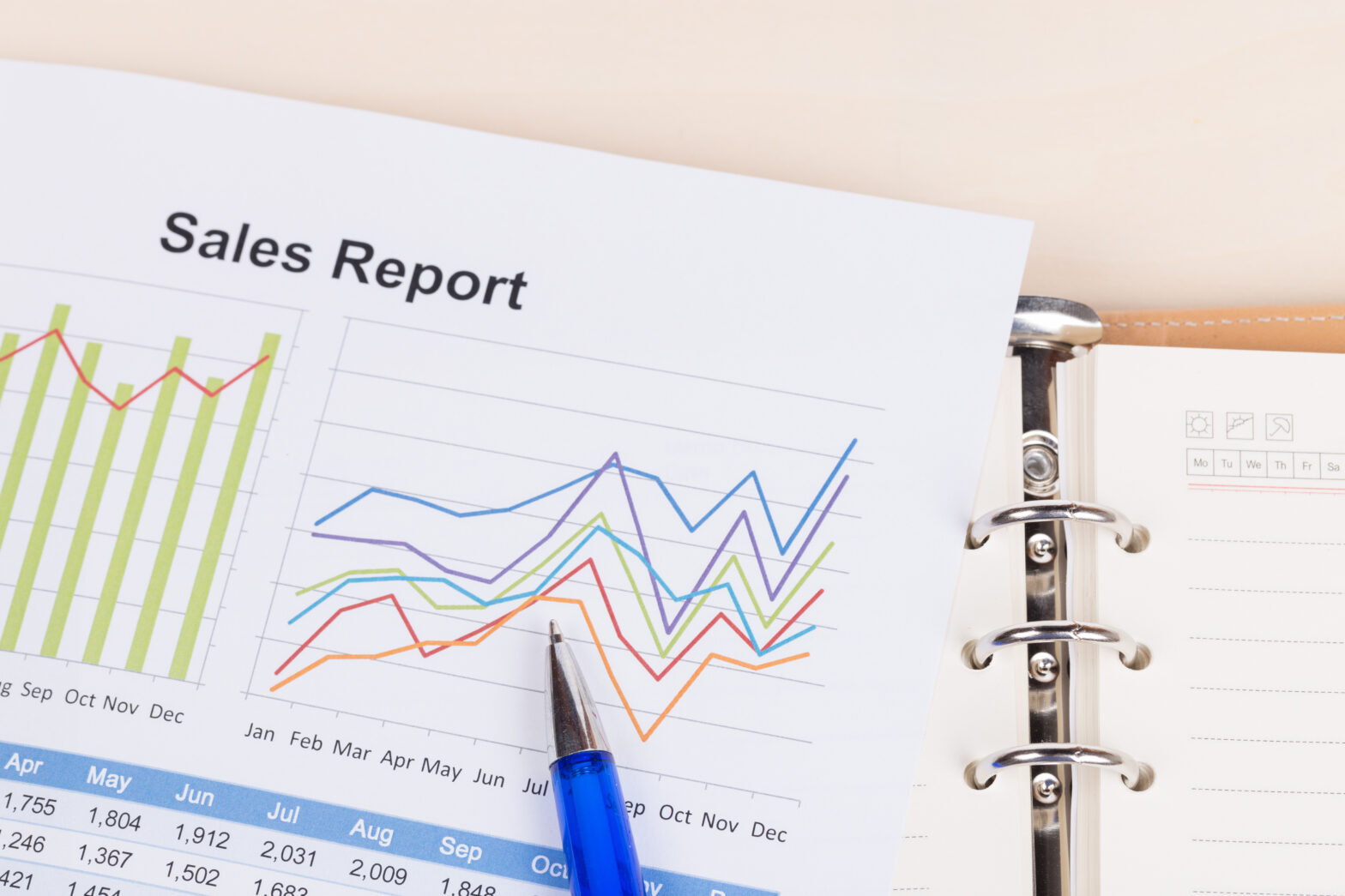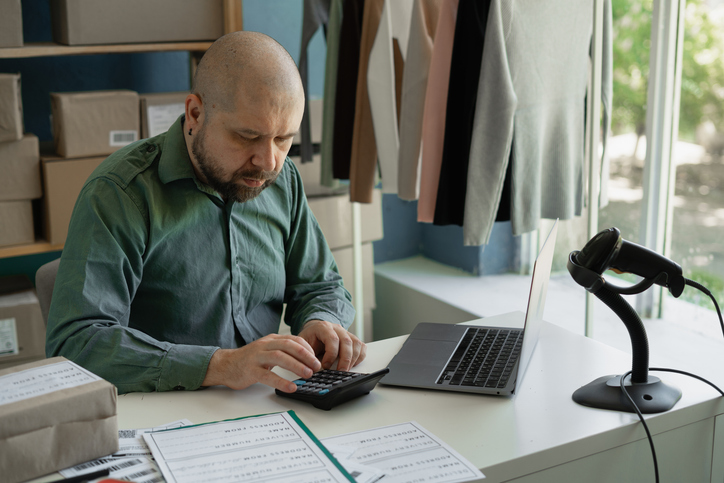In 2014 alone, small retailers saw a 36 per cent difference between average sales in the best (December) and worst (February) months, with this variability expected to further increase in 2015, according to research by O2.
Annual swings in household expenditure are a key driver of this sales volatility, the survey finds, with consumption having risen to its highest level since before the financial crisis, and its variability is expected to increase even more as spending on ‘discretionary’ items such as clothes, recreation, and durable goods picks up.
Furthermore, the production and manufacturing industries saw around 17 per cent variation in sales throughout the year, although unlike retailers, who enjoy a Christmas spike in sales, December is their quietest month.
Small businesses across Britain were surveyed on what impact these swings in performance throughout the year can have, such as shifts in demand and consumer confidence.
More than a third (34 per cent) of small businesses admit that they were unable to meet demand at peak times.
The reasons cited by these businesses for their inability to meet demand are varied; 43 per cent report having insufficient physical capacity, 29 per cent say that the peaks in demand were unexpected, and 12 per cent identify key staff members leaving the company as the reason.
Across all industries small businesses are particularly vulnerable to shifts in demand and consumer confidence as well as economic downturns, but the study shows that it’s not just the economy that can determine a business’s success.
Some 39 per cent of companies report negative impacts on their business caused by unexpected events; such as disruptive weather (12 per cent) and changes to government policy (13 per cent) as well as sudden illness of employees (9.6 per cent).
O2’s business director Ben Dowd says, ‘Running a small business is always highly unpredictable and the findings from our research show that this continues to be the case. Sales volatility and unexpected changes in the market place present both opportunities and challenges.’
Colm Sheehy, senior economist at the CEBR adds, ‘Now more than ever, small business owners face a plethora of tough challenges: from sudden changes in spending patterns, to unpredictable weather and staff turnover. The economic recovery has boosted customer confidence, but small businesses need to ensure they are agile enough to adjust to the resulting sharp peaks and troughs in spending.’





